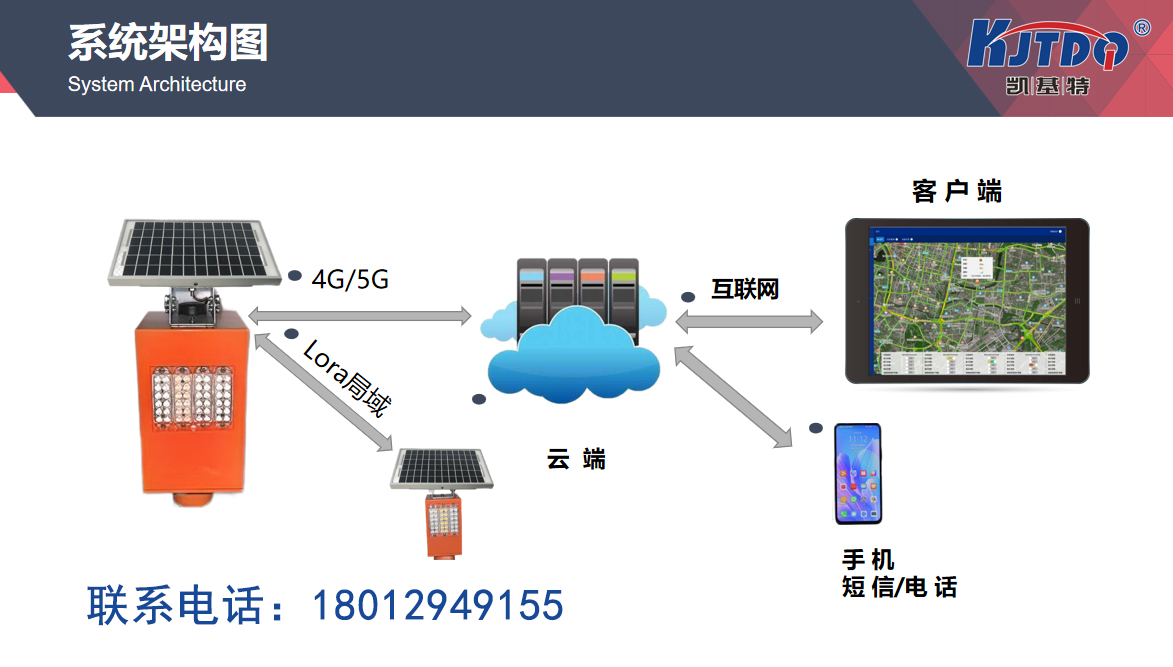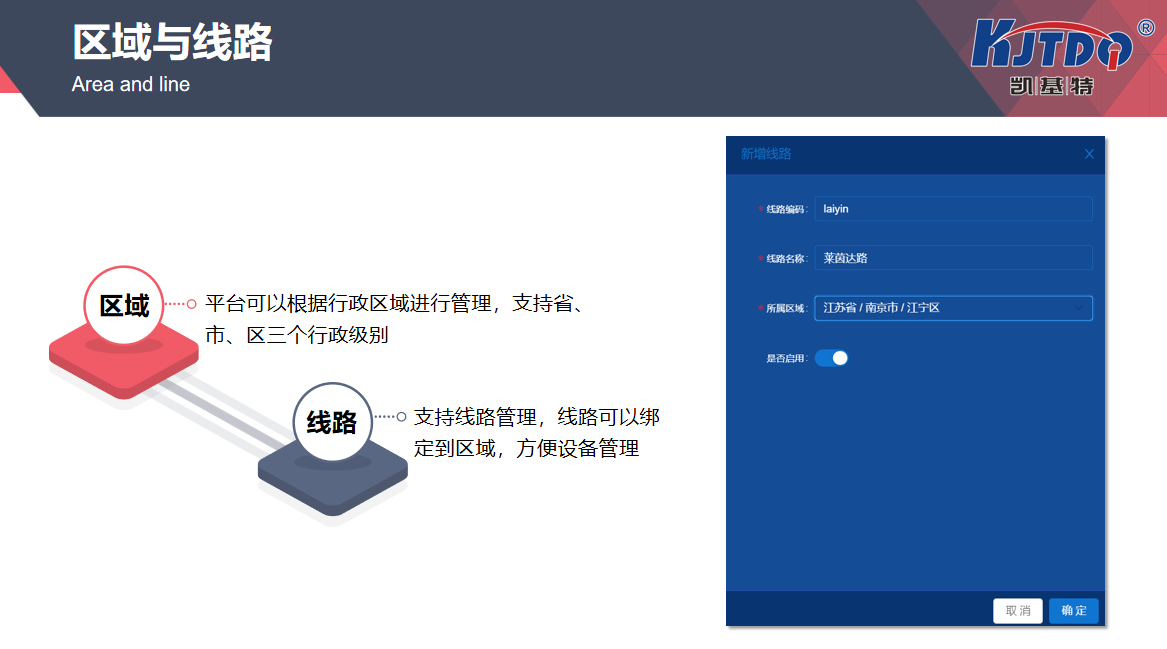In the safety management of road traffic, mudslides are a natural disaster that cannot be ignored. Especially in mountainous and hilly areas, mudslides not only threaten the traffic capacity of roads, but also directly affect driving safety. In order to solve this problem, the road debris flow monitoring system has emerged and become an important tool for safeguarding traffic safety. This system uses advanced technological means to monitor and warn of mudslides in real time, greatly improving the safety and stability of road use.

The core function of the road debris flow monitoring system is to detect and warn of the risk of debris flow in real time. The system continuously collects data on soil moisture, rainfall, terrain changes, and other aspects through sensors, monitoring cameras, and meteorological equipment deployed on key road sections. These data are sent to the central data processing center for analysis, and the system predicts the likelihood of mudslides based on real-time data and historical records. Once an abnormal situation is detected, the system will quickly issue a warning and notify relevant departments and the public through various channels to help them take appropriate preventive measures and avoid losses caused by disasters.
In practical applications, the road debris flow monitoring system has demonstrated its enormous value. Taking mountainous roads as an example, these roads usually face significant risks of mudslides. Traditional monitoring methods cannot provide sufficient real-time data and warning capabilities, while modern debris flow monitoring systems greatly improve the accuracy of warnings through high-precision sensors and intelligent analysis. For example, when the system detects a sharp increase in soil moisture caused by continuous rainfall, it will promptly issue a debris flow warning, reminding relevant departments to take emergency measures such as closing roads, evacuating personnel, etc., thereby effectively reducing the threat of debris flow to roads and personnel.
The technical architecture of the road debris flow monitoring system is also worth paying attention to. The system typically includes the following key components: sensor network, data processing center, warning system, and information dissemination platform. The sensor network is distributed in key areas where mudslides may occur, monitoring real-time data such as soil moisture, rainfall, and terrain changes. These data are transmitted to the data processing center through wireless networks, and after analysis by intelligent algorithms, the system can generate accurate risk assessment and warning information. Warning information is transmitted to relevant departments and the public through information release platforms, including traffic signals, mobile applications, broadcast notifications, etc., to ensure that warning information can be quickly conveyed to everyone in need.
With the continuous advancement of technology, the road debris flow monitoring system is also constantly upgrading. Modern systems have introduced artificial intelligence and machine learning technologies, and through the analysis of large amounts of historical data, the system can more accurately predict the occurrence of debris flows. Intelligent algorithms can dynamically adjust warning thresholds based on real-time data, improving the timeliness and accuracy of warnings. At the same time, the trend of system integration is also increasing, and in the future, it may be linked with other disaster warning systems to achieve comprehensive natural disaster management. For example, when the debris flow monitoring system detects the risk of debris flow, it can automatically link with the weather forecast system and traffic management system for multi-level warning and control, further enhancing safety assurance.
Although road debris flow monitoring systems have many advantages, they also face some challenges in practical applications. Firstly, the issue of equipment cost. High precision sensors and advanced monitoring systems require significant investment, which may cause economic pressure on some regions and units. Secondly, the maintenance and management of the system also require regular inspections and maintenance by professional technicians to ensure the normal operation of the system. Furthermore, data security and privacy protection also need to be taken seriously to ensure that the data collected by the system will not be illegally accessed or abused. By continuously optimizing technology and management measures, these issues can be gradually resolved.
From a personal perspective, the application of road debris flow monitoring system is not only a reflection of technological development, but also a commitment to public safety. The risk of natural disasters such as mudslides cannot be ignored, and the promotion and application of modern monitoring systems provide us with powerful preventive measures. We should fully recognize the importance of debris flow monitoring systems and actively promote their application in various types of roads. Only through continuous technological innovation and effective management measures can we provide more comprehensive protection for road and traffic safety in the face of natural disasters.

In short, the road debris flow monitoring system is an indispensable part of modern traffic management. It greatly improves road safety and provides reliable protection for the majority of traffic participants through real-time monitoring and intelligent warning. With the continuous development of technology and the popularization of applications, road safety will become more stable in the future, and our transportation life will also be more reassuring.
1. Can the debris flow monitoring system be integrated with other disaster warning systems?
Yes, the debris flow monitoring system can be integrated with other disaster warning systems to achieve more comprehensive safety management. For example, it can be linked with meteorological forecasting systems to predict debris flow risks in advance by monitoring weather changes. At the same time, debris flow warning information can also be integrated with the traffic management system. When the system issues a warning, the traffic management system can automatically adjust traffic signals, release road condition information, and even close dangerous road sections. This integration not only improves the effectiveness of early warning, but also enhances the coordination and response speed of overall disaster management, ensuring stronger protection and more comprehensive response measures when facing multiple natural disasters.
2. How to maintain and manage the road debris flow monitoring system?
Regular maintenance and management are essential to ensure the stable operation of the road debris flow monitoring system. The maintenance work mainly includes sensor calibration, equipment cleaning, and inspection of data transmission lines. Due to the long-term exposure of sensors to natural environments, they are susceptible to wind, rain, erosion, and sediment cover, thus requiring regular cleaning and calibration. In addition, the stability of data transmission lines and power supply systems is also a key maintenance focus, ensuring that data can be transmitted in real-time to the central processing system. In terms of management, professional technicians are needed to monitor and troubleshoot the system to ensure that it can function properly at critical moments. With the advancement of technology, the application of remote monitoring and automatic diagnosis technology is gradually improving the efficiency of maintenance and management.
3. How effective is the application of debris flow monitoring system in different environments?
The debris flow monitoring system performs differently under different terrain and climate conditions. For mountainous and hilly areas, the system can effectively respond to frequent rainfall and complex terrain, providing timely warning information. In these areas, the risk of mudslides is high, and the system's high-sensitivity sensors can monitor subtle geological changes to ensure the accuracy of early warning. In plain or urban areas, although the probability of debris flow is low, the system can still provide prevention information by monitoring extreme weather conditions, such as rainstorm or typhoon. Overall, the system has demonstrated strong adaptability in various environments and can flexibly respond to different natural disaster threats.